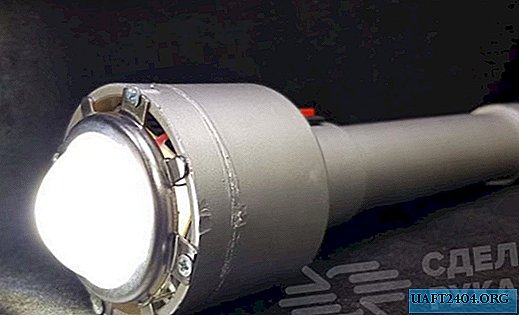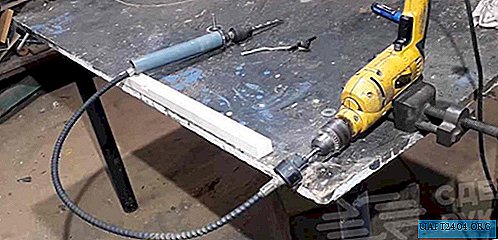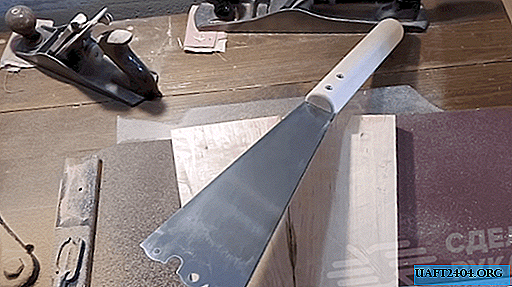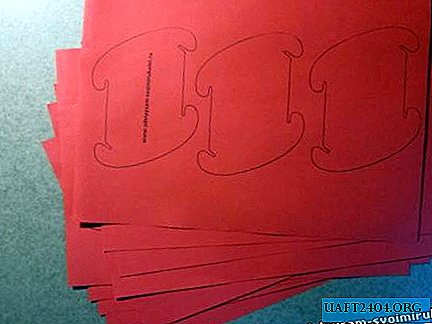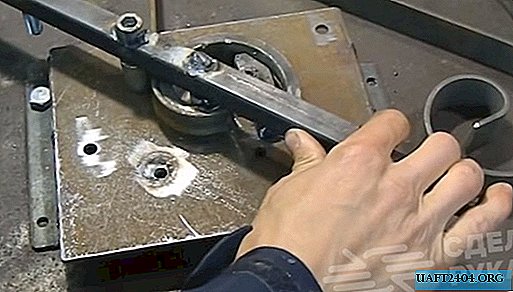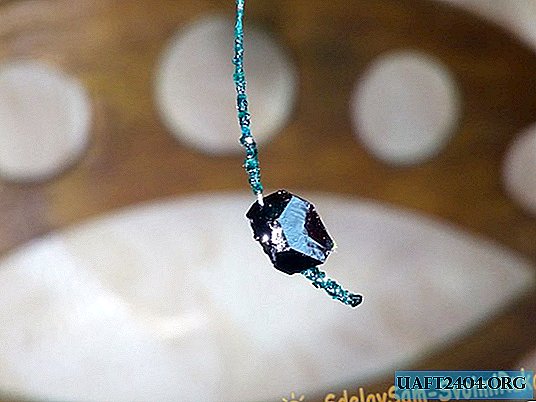Share
Pin
Tweet
Send
Share
Send
One of the simplest devices is the hidden wiring detector, presented below.
Resistor R 1 is needed to protect the K561LA7 chip from increased static electricity, but, as practice has shown, it can be omitted.
An antenna is a piece of ordinary copper wire of any thickness. The main thing is that it does not bend under its own weight, i.e. was tough enough.
The length of the antenna determines the sensitivity of the device. The most optimal value is 5 ... 15 cm. When the antenna approaches the wiring, the detector emits a characteristic crack.
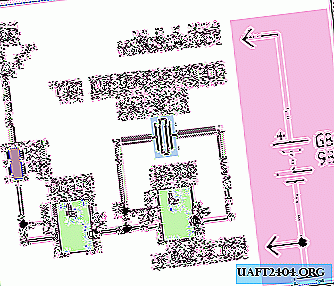
With such a device it is very convenient to determine the location of a blown lamp in a Christmas garland - near it, the crackle stops.
The ZP-3 type piezo emitter is switched on according to the bridge circuit, which provides an increased volume of “cod”. Figure 2 shows a more complex detector, which has, in addition to the sound one. also light indication. The resistance of the resistor R1 must be at least 50 megohms.

There is no current limiting resistor in the circuit of LED VD1. since the DD1 chip (K561LA7) copes well with this function.
If the input currents of the element D 1.1 allow, then removing the resistor R1 from the circuit shown in Fig. 2, we get a device that responds to changes in static potential in the surrounding space.
For this, the WA1 antenna is made with a length of 50 ... 100 cm. Using any wire. Now the device will respond to the movement of the human body.
Putting such a device in a bag, we get an autonomous security device that gives out light and sound signals if any manipulations occur with or near the bag.

Share
Pin
Tweet
Send
Share
Send

